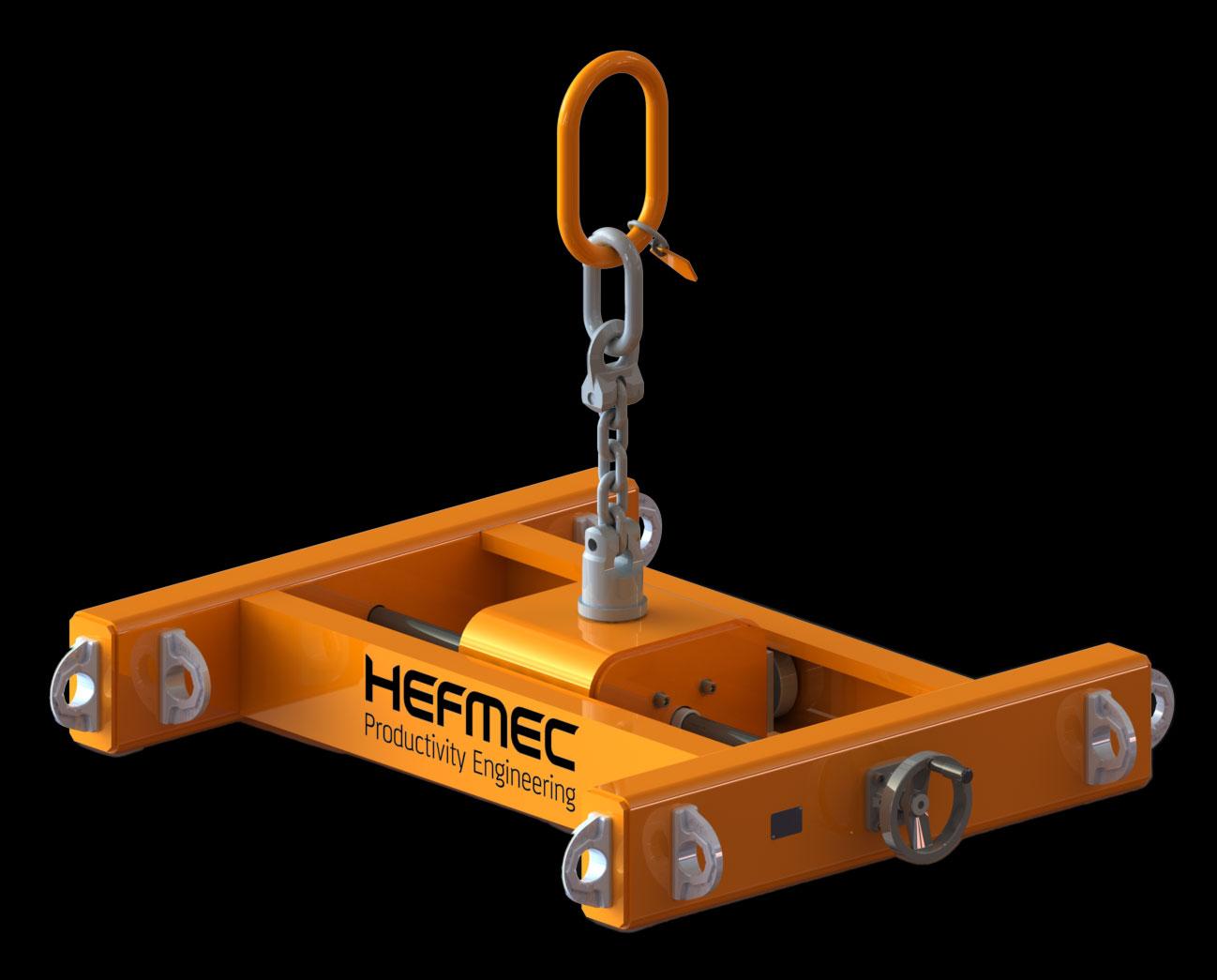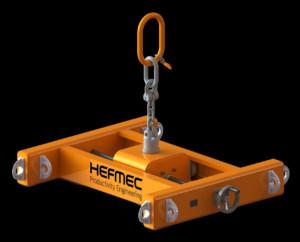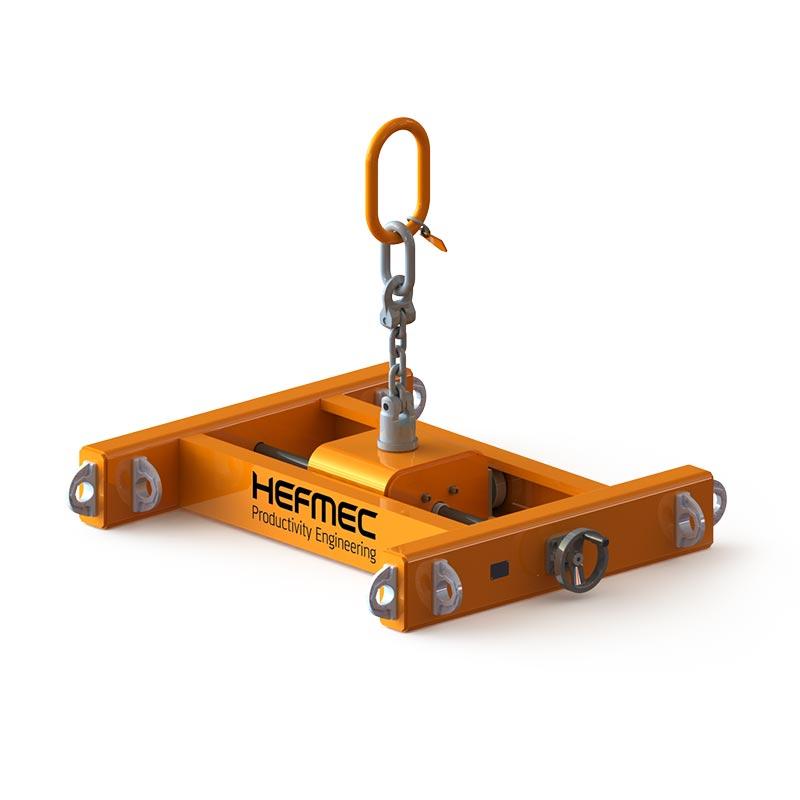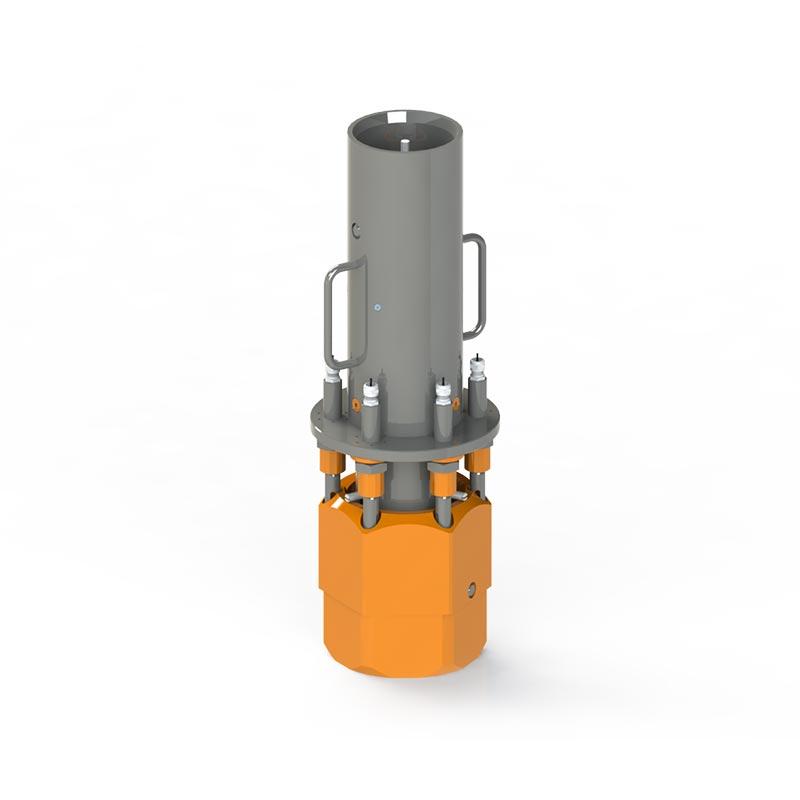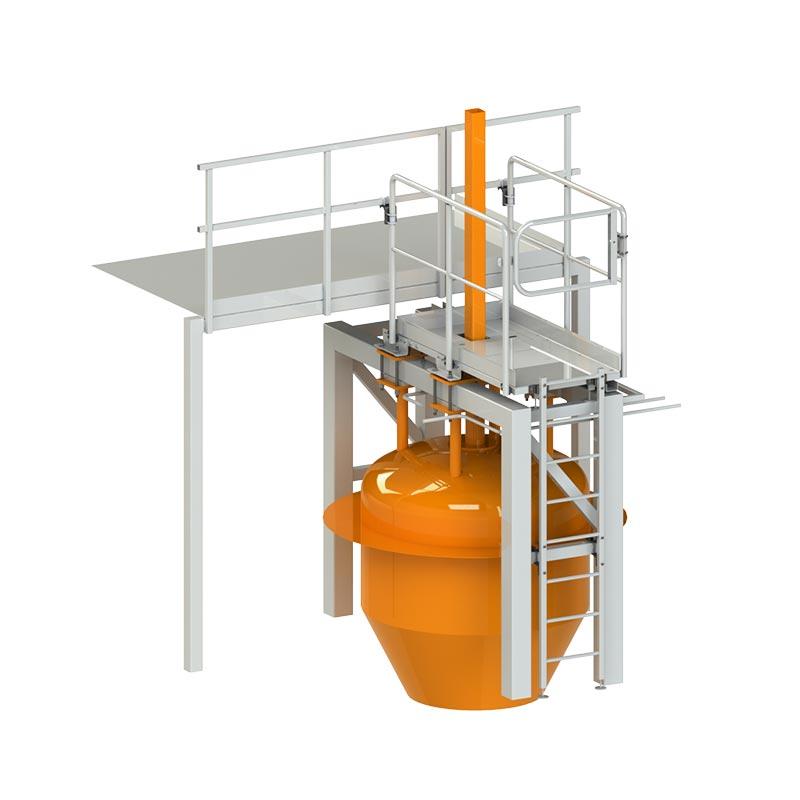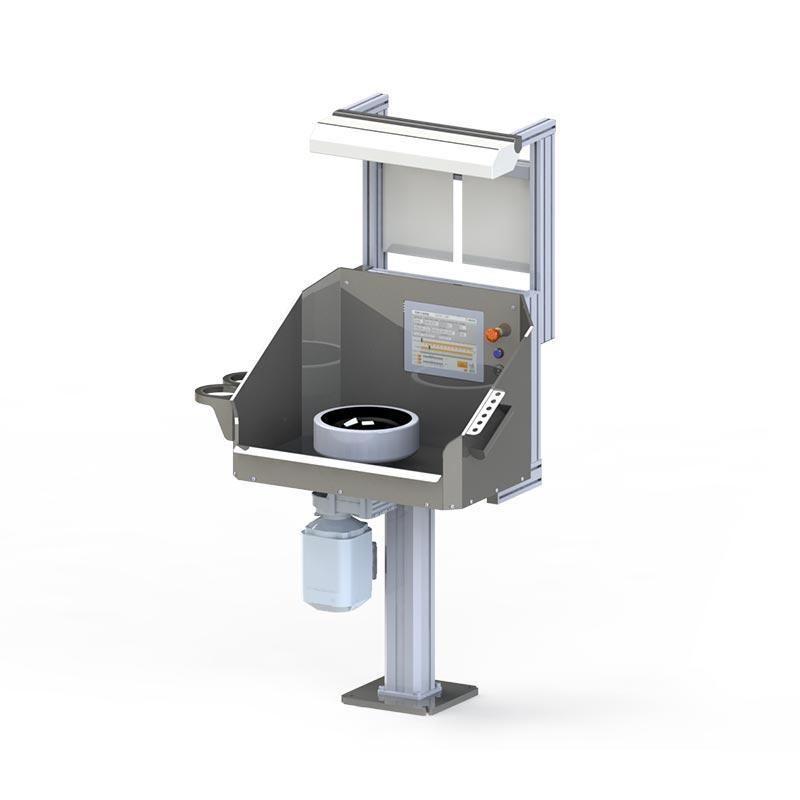The low profile lifting beam is a low profile lifting device designed to maximise the available lifting height in limited spaces. These solutions combine a compact design, optimised hook geometry and innovative beam profiles that allow efficient lifting operations without compromising safety or lifting capacity. In industrial lifting solutions, this means in practice that we can use almost all available space for lifting operations.
What is a low profile lifting beam and when is it needed?
The low profile lifting beam is a specially designed lifting solution for spaces where ceiling structures or other physical obstacles limit the available height. These lifting beams differ from conventional lifting solutions by their significantly lower structural height, which allows them to be used in spaces where conventional lifting equipment cannot operate.
The low-profile lifting beams use optimised steel profiles and compact lifting cradles. The beam frame is typically designed to minimise height while maintaining adequate strength and rigidity. Lifting points are integrated into the beam in a way that significantly reduces the overall height compared to conventional solutions.
Typical applications in industry include old production facilities where the roof structures were designed in a period before modern lifting equipment. In new buildings, where space utilisation is maximised, space-saving lifting equipment is also often required. These solutions are particularly common in machine shops, assembly and maintenance facilities where lifting is required on a regular basis but the available height is limited.
Tailored lifting beam solutions are always designed to meet the specific requirements of the site. This means that each lifting beam is optimised for the dimensions and lifting needs of the space in question. The design takes into account, for example, the weight, shape and lifting density of the objects to be lifted, as well as the physical constraints of the space.
How can the lifting beam maintain the lifting height in a low space?
Maintaining the lifting height in a low space is based on several technical innovations that together minimise the structural height of the lifting beam. A key element is the use of compact lifting cradles designed specifically for low profile applications. These sleds can be up to 50% lower than conventional solutions.
Optimised hook structures are another important factor in maximising the lifting height. Instead of the traditional hanging hook, integrated hook solutions are often used, where the hook is partially embedded in the structure of the lifting reel. This significantly reduces the overall height between the lifting point and the load.
Innovative beam profiles make use of modern strength calculations and material technology. The cross-section of the beam is optimised to achieve maximum strength at minimum height. This can mean, for example, box beam structures or special profiles designed specifically for this application.
Design expertise is crucial when the aim is to maximise the lifting height in a limited space. Every millimetre counts, which is why a lifting beam solution is always designed as a whole, with all components optimised to work together. This requires an in-depth understanding of both lifting technology and structural design.
What are the special features of Hefmec’s lifting beam solutions for low spaces?
Hefmec’s lifting beam solutions for low spaces are based on a modular design that allows for flexible customisation. Each lifting beam is individually designed taking into account the specific requirements of the application, ensuring optimum performance in the space in question.
The customisability extends to all features of the lifting beam. The position of the lifting points, the length of the beam, the lifting capacity and the structural solution are always defined according to the customer’s needs. This allows the lifting beam to fit perfectly into the existing space and lifting needs without compromise.
Safety features are an essential part of any lifting beam solution. All lifting beams are CE marked, ensuring that they meet European safety requirements. In addition, only high quality components and materials that have been tested and approved for lifting applications are used in the lifting beams.
| Feature | Benefit for the customer |
|---|---|
| Modular structure | Flexible customisation and easy upgradability |
| Lifetime guarantee | Investment security and reliability |
| CE marking | Safety and legality |
| Fast delivery | Minimised production downtime |
Delivery time is a major competitive advantage. While other suppliers talk about months, we can deliver a customized lifting beam solution in days. This is possible thanks to our agile approach and efficient design process.
How do I choose the right lifting beam for my production facility?
Choosing the right lifting beam always starts with identifying your lifting needs. Key questions are. What kind of pieces will be lifted? What is the largest load to be lifted? These basic data will determine the capacity requirement of the lifting beam and the design solution.
Careful mapping of the dimensions of the space is critical to a successful lifting beam solution. Especially in low spaces, every centimetre counts. Measurements should be taken into account:
- Available free height
- Width and length of the lifting area
- Potential barriers and structural constraints
- Space required by the crane runway
The frequency of use and loads influence the structural design and component selection of the lifting beam. A lifting beam for continuous use requires a different sizing than a solution for occasional use. The characteristics of the objects to be lifted, such as the position of the centre of gravity, also influence the design.
A client-centred approach means that we do not offer ready-made solutions, but first listen to the client’s needs and understand the root of the problem. A free consultation helps us to identify all the relevant factors and ensure that the end result fully meets the client’s needs.
Key considerations when choosing a lifting beam solution for low spaces
When choosing a lifting beam solution for low-ceilinged spaces, several critical factors must be taken into account, which together determine the functionality and safety of the solution. Professional design is essential, as incorrect sizing or inadequate design can lead to hazardous situations or inefficient lifting operations.
Comprehensive project management ensures that all aspects of the lifting beam solution are taken into account. This includes:
- Technical design and dimensioning
- Manufacturing quality control
- Installation and commissioning
- Documentation and training
Managing the life cycle of a lifting beam solution is an important part of the whole. A lifetime warranty gives the customer confidence in the durability of the investment, but it also requires regular maintenance and inspections. A well-designed and maintained lifting beam will serve reliably for decades.
Finding the optimal solution requires expertise and experience. Every production site is different and therefore every lifting beam solution must be tailored to the specific requirements of the site. Working with experts ensures that the end result is a technically correct, safe and economically sound solution that will continue to improve productivity in the future.

